The Springfield Massacre (traditionally called the Springfield race riot of 1908) was committed against African Americans by a mob of about 5,000 white people in Springfield, Illinois, between August 14–16, 1908.
African Americans were killed and their homes and businesses were burned to the ground.
As described at BlackPast.org,
Some Springfield Blacks fought back in self-defense. They shot back when fired upon, and the first victim of the lynch mob, Scott Burton, used his shotgun in an attempt to save his life and home. The second victim lynched was an 84-year-old cobbler named William Donegan, whose reputation had been tainted in the eyes of the mob by the fact that he had been married to a white woman for over 30 years. When the carnage finally ended six Black people were shot and killed, two were lynched and hundreds of thousands of dollars worth of property destroyed. About two thousand Black people were driven out of the city of Springfield as a result of the riot.
This event was one of the catalysts for the formation of the NAACP, as described in this NPR story, Uncovering & Commemorating Springfield’s 1908 Race Riot.
In Sundown Towns: Hidden Dimension of American Racism, James Loewen says that the massacre had an effect on other communities in Illinois:
The Springfield riot stands as a prototype for the many smaller riots that left communities all-white between 1890 and 1940, most of which have never been written about by any historian.
Indeed, the Springfield riot itself spawned a host of imitators: whites shouted “Give ‘em Springfield!” during attacks on African Americans . . . the Illinois State Register reported, ‘At Auburn, Thayer, Virden, Girard, Pawnee, Spaulding, Buffalo, Riverton, Pana, Edinburg, Taylorville, Pleasant Plains and a score of other places in central Illinois a Negro is an unwelcome visitor and is soon informed he must not remain in the town.’
Buffalo, a little town twelve miles east of Springfield, became all-white on August 17, 1908, two days after the National Guard ended the Springfield riot. Not to be outdone by Springfield, whites in Buffalo posted the following ultimatum at the train station: ‘All N – – – – – – are warned out of town by Monday, 12m, sharp. Buffalo Sharp Shooters.’
Teach outside the textbook about the legacy of Springfield and related events in Tulsa, Memphis, Rosewood, Slocum, and beyond. Read Burning Tulsa: The Legacy of Black Dispossession by Linda Christensen of Rethinking Schools.
Springfield was one of countless massacres in U.S. history. 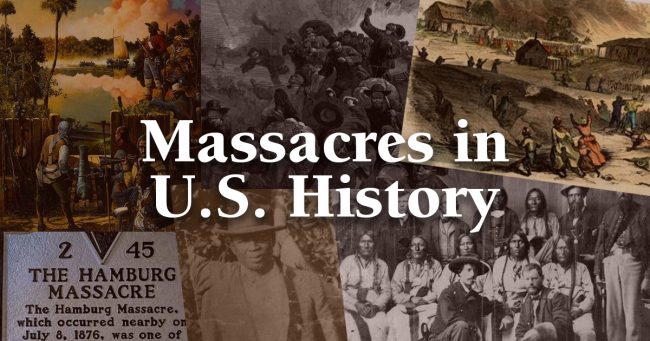

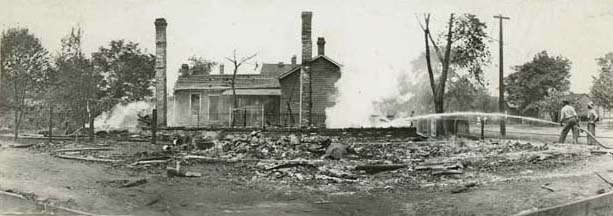
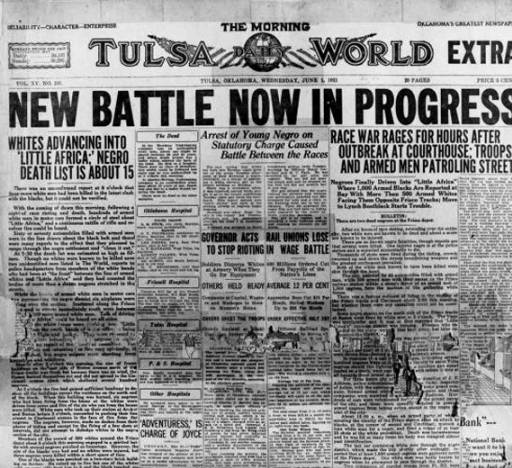
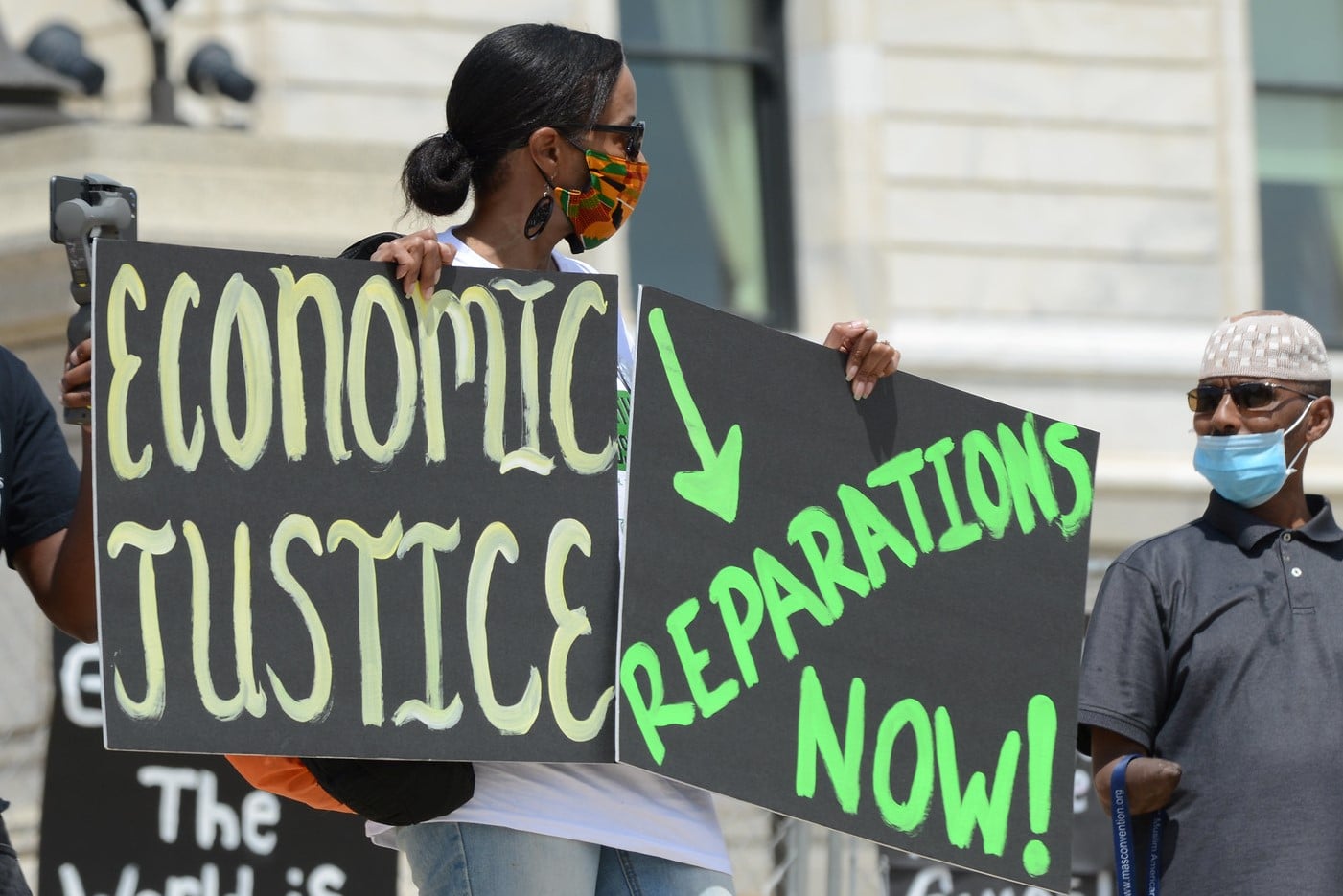
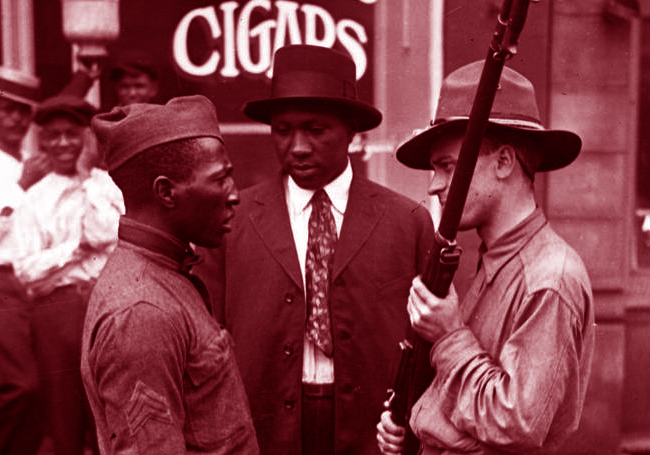
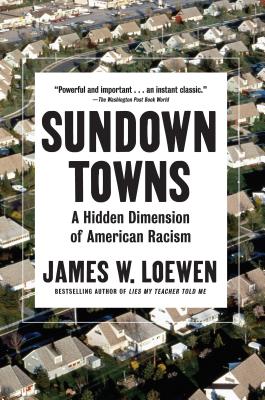
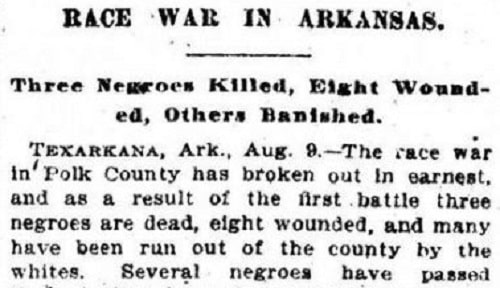
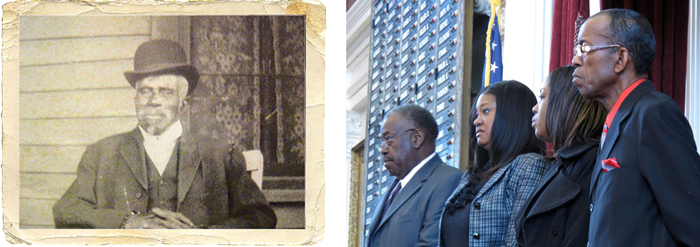
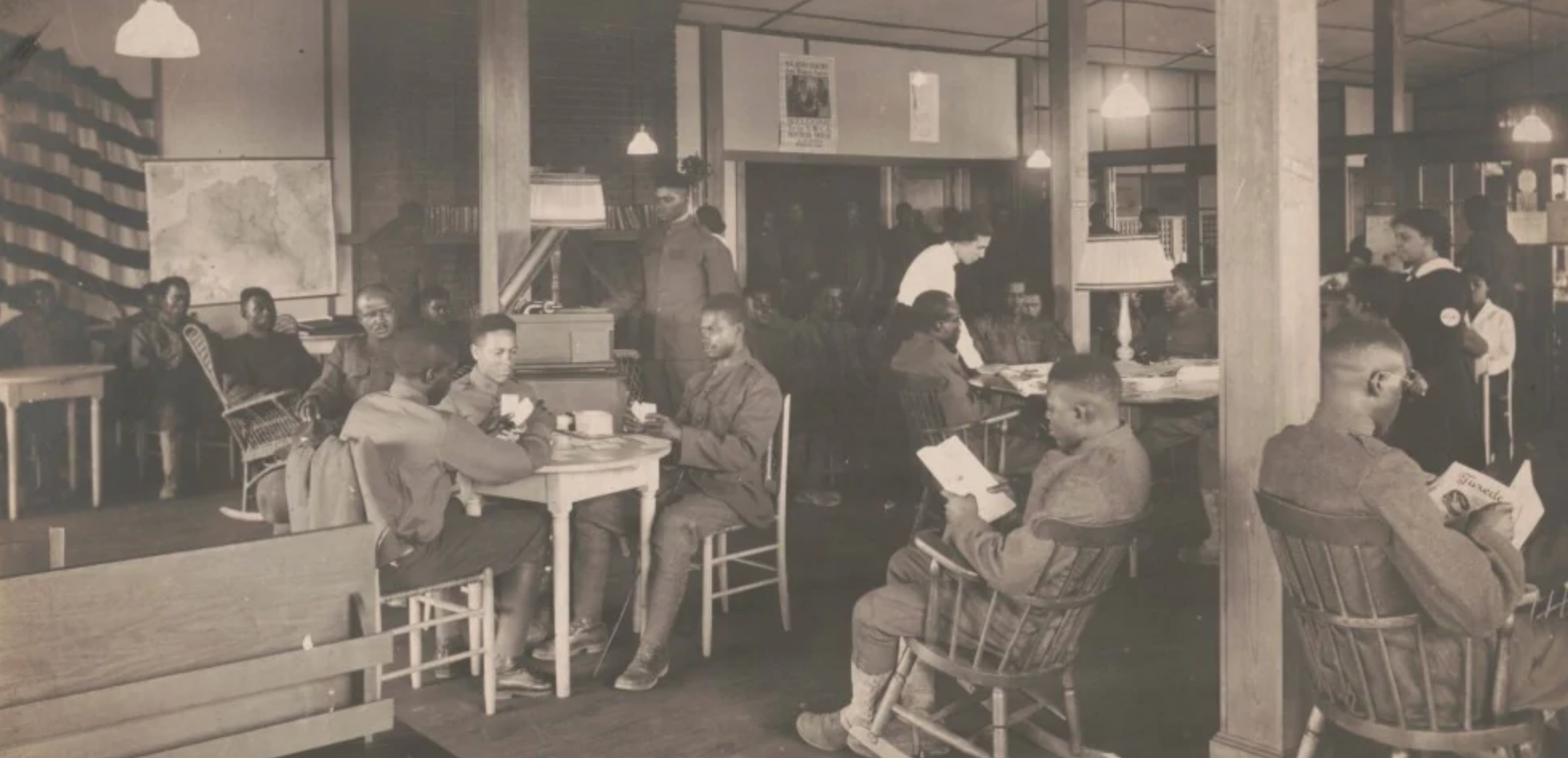
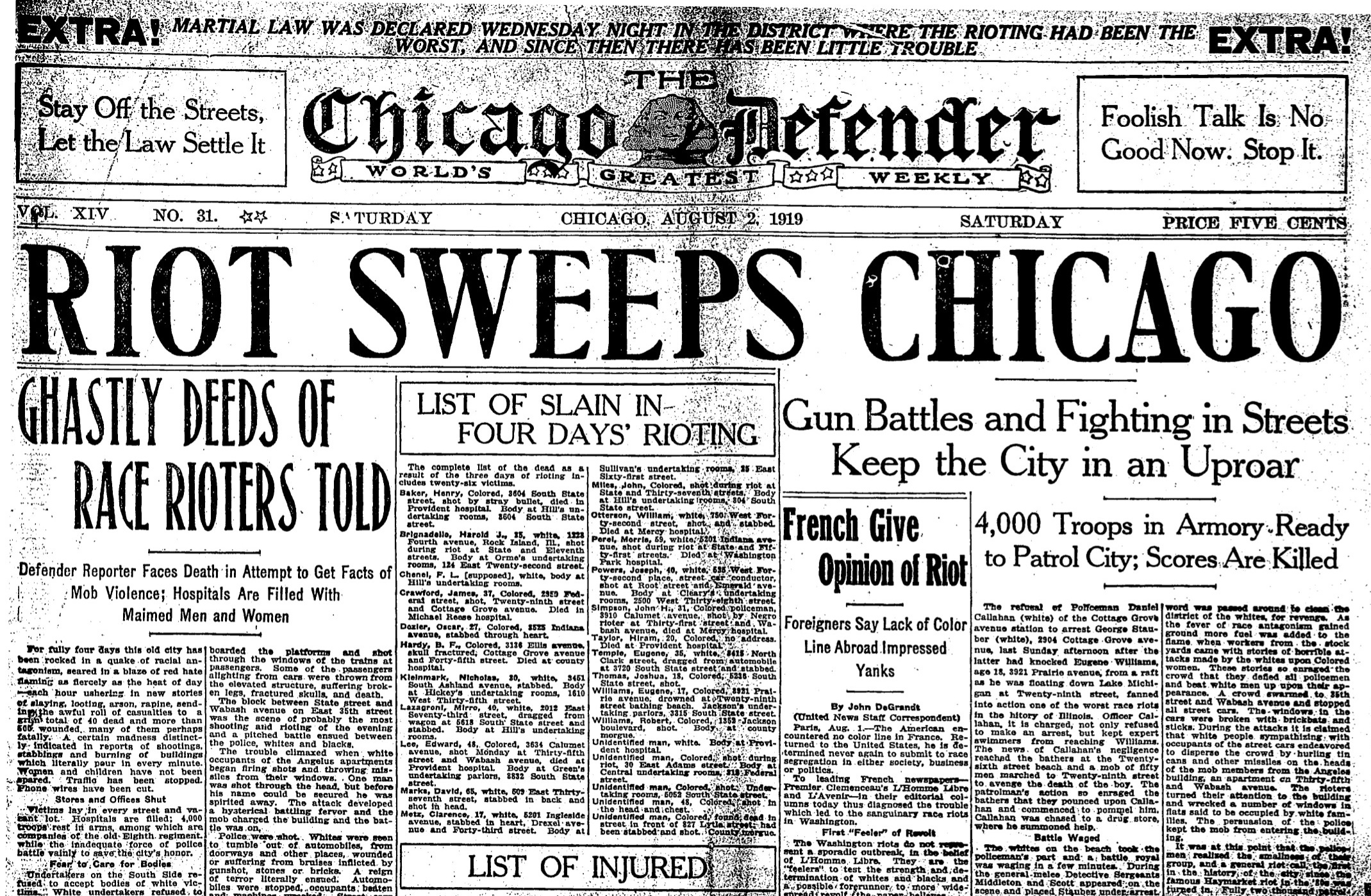
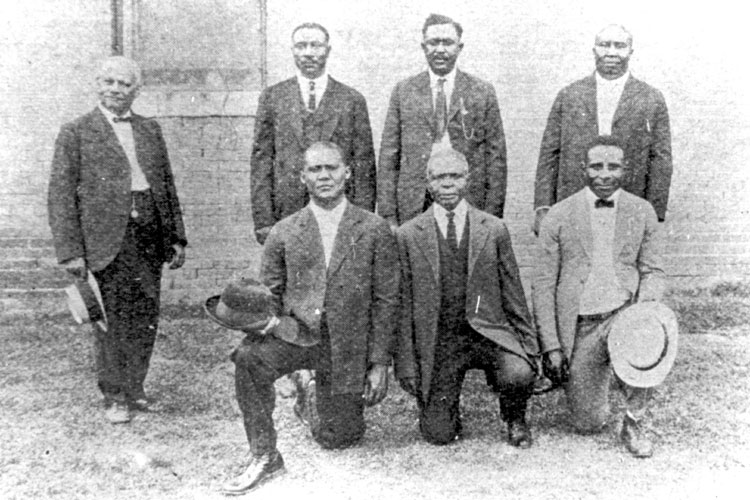
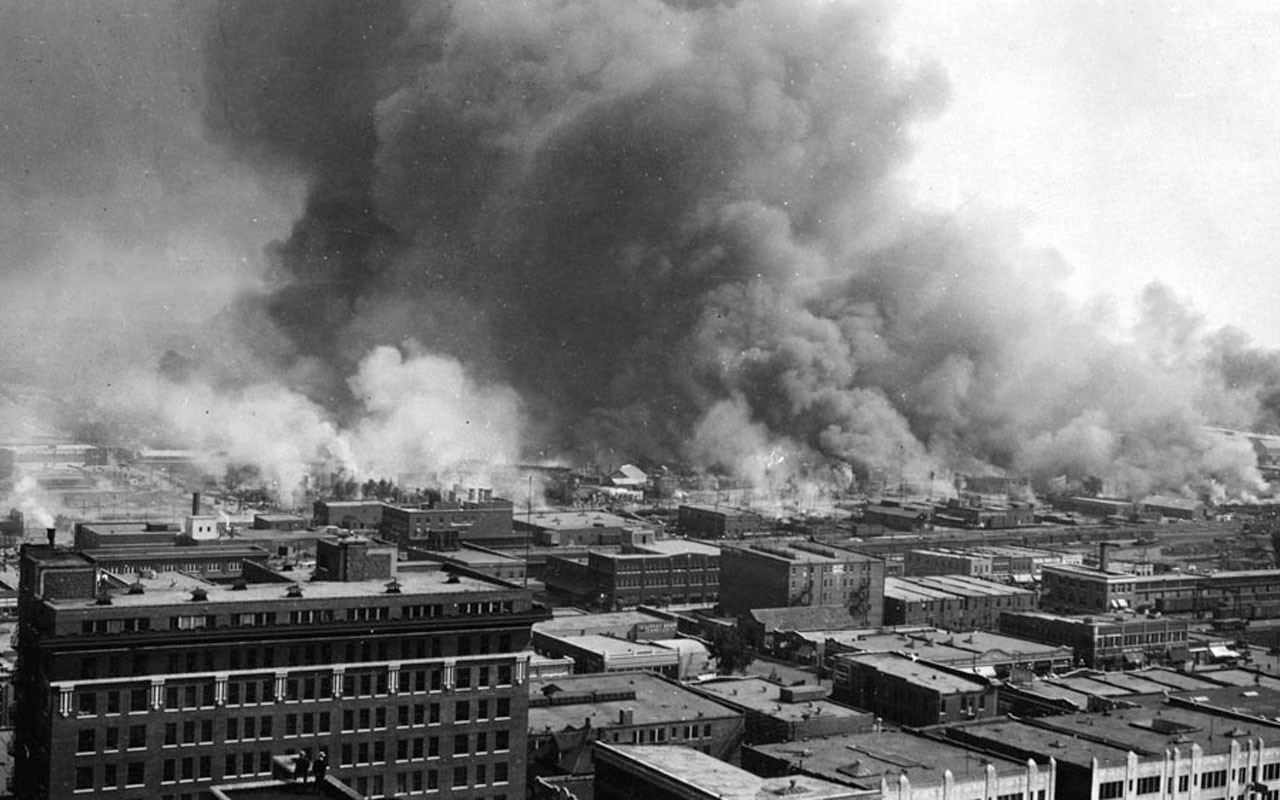
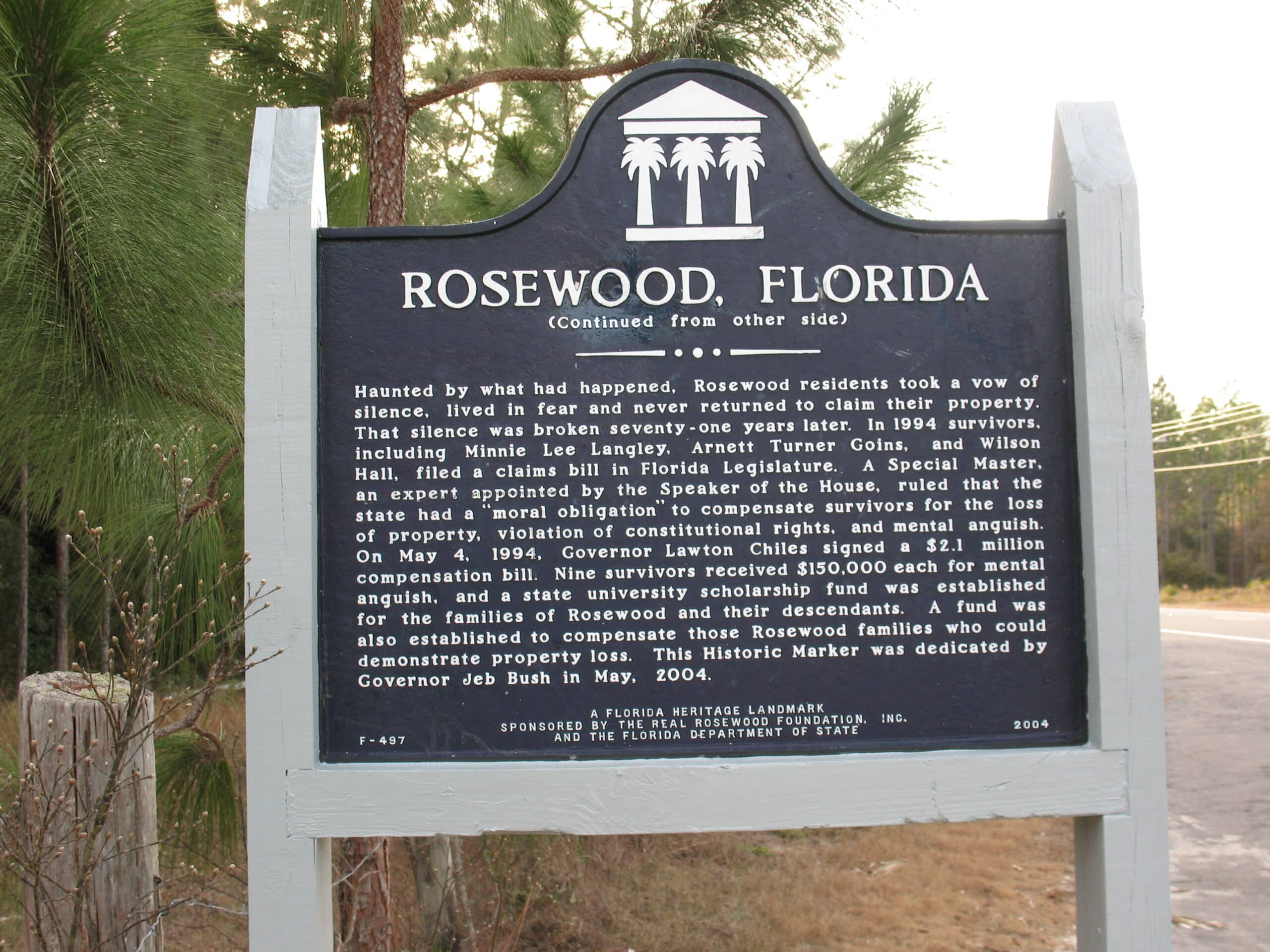





Twitter
Google plus
LinkedIn